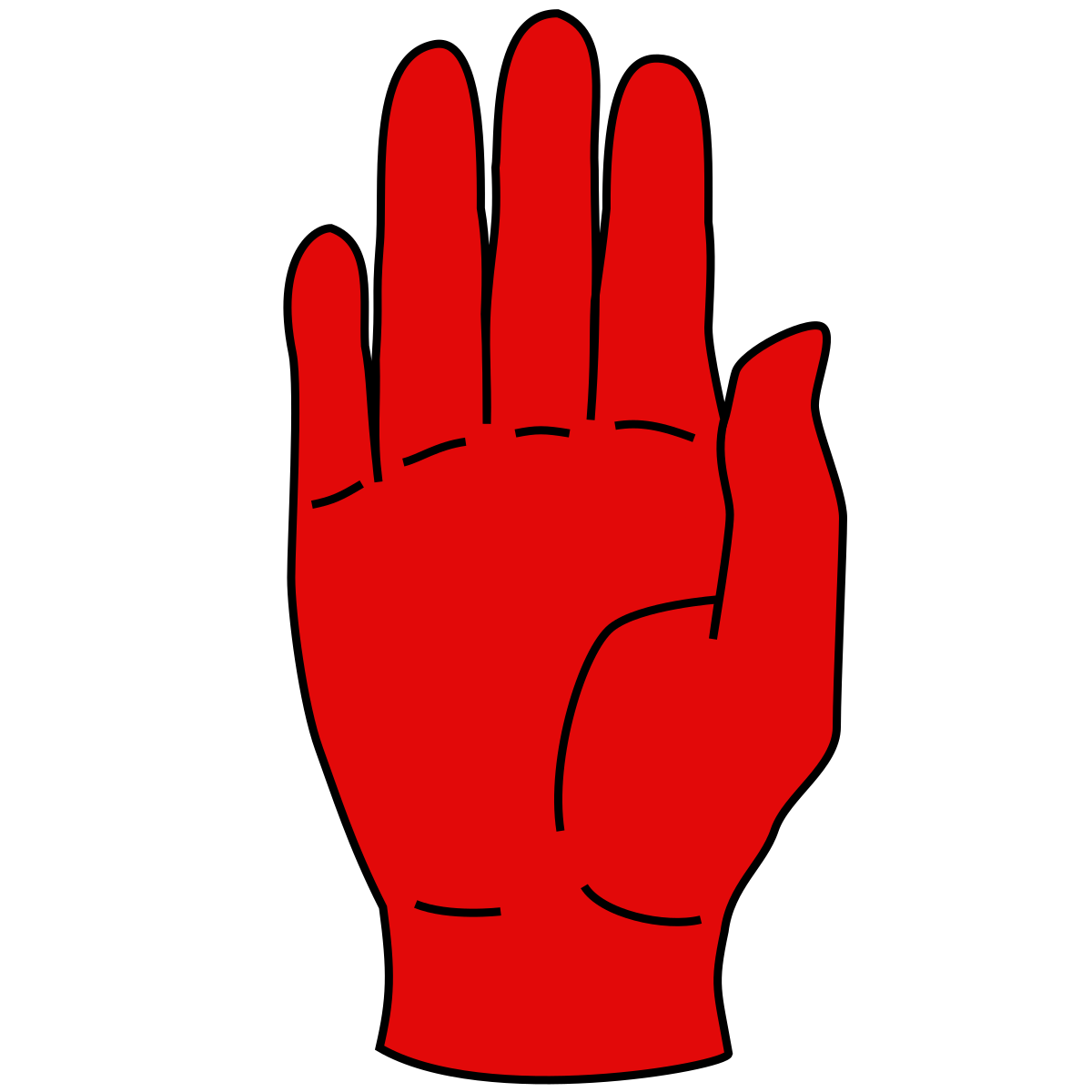The Waterford Archaeological and Historical Society 2024 – 2025 lecture series continues at 8 pm on Friday, May 30th, when Andy Kelly, will deliver a talk titled ‘Waterford Through the Lens of Lesser-Known Photographers’, in St Patrick’s Gateway Centre, Waterford (Eircode X91 YX61).
Andy Kelly writes :
‘When I was asked to present a showing of some of my collection of Waterford photos to the Waterford Archaeological and Historical Society it occurred to me that most of the members would probably be familiar with the Arthur H Poole, William Laurence and the James Valentine collections which are readily available both on line and at the National Library in Dublin.
This led me to the title 'Waterford Through the Lens of Lesser-Known Photographers'.
Photography in Waterford goes back to the decade after Fox Talbot launched his 'calotype' process in 1839. By the early 1850s William Despard Hemphil of Clonmel and Francis Edmund Currey of Lismore were exhibiting in both Dublin and London.
My interest in collecting old photographs started in the mid 1960s when I came across a box of photographic materials, which included a quantity of glass negatives from the late 1890s or early 1900s. They were about to be sent to the local refuse dump in Dungarvan and when I showed interest I was allowed to take them home. I started collecting old photos and photographic equipment at that time and I am still collecting to this day.
My presentation will feature the work of up to twenty, both professional and amateur cameramen and women. It will also include some images from collections, which I have acquired over the years as well as a selection glass negatives, and magic lantern slides.
To finish off the presentation I will screen a number of digitised 16mm film clips from the 1930s to the 1950s.’
Andy Kelly was introduced to photography at the age of eight when his mother gave him an old Brownie box camera. Within ten years he had his own darkroom in a converted box room and from then on he was hooked on the hobby of photography.
For over sixty years he has been collecting old photographs of Waterford and surrounding areas. It started after coming across a box of photographic equipment and glass negatives that were about to be dumped. This was in Dungarvan in the early 1960s. The negatives were of Dungarvan around the late 1890s or early 1900 and were taken by Edward Brennan, a Dungarvan photographer. Andy’s fascination with collecting old photographs and film stemmed from that time. He has contributed many photos from his collection to local and national historians, and to film documentary makers down through the years.
His collection now comprises of several hundred glass negatives and magic lantern glass slides and over 60.000 photographs in both negative and digital format. He also has quantity of 16mm film from the 1930s to the early '60s.
In the past year Andy has been instrumental in establishing a film and photographic museum in Youghal, Co. Cork which now has over one hundred and fifty exhibits from a number of donors around the country and abroad.
**************** FORTHCOMING TALKS & LECTURES *****************
There will be a special lecture in association with the Heritage Office, Waterford City and County Council
13/06/2025 Neil Jackman ‘The Woodstown Viking Settlement – latest discoveries’
To be held in the Medieval Museum
**************** SUMMER OUTINGS*****************
Provisional programme further details to be circulated
22/06/2025 Discovering historic Mothel (afternoon outing)
Full day coach outing: 06/07/2025 Exploring East Cork – Fota House and gardens and St Mary's Collegiate Church, Youghal. Dinner in Youghal.
27/07/2025 St Carthage's Cathedral, Lismore (afternoon outing)
10/08/2025 Ormond Castle, Carrick-on-Suir – Ireland's finest Elizabethan manor house (afternoon outing)
28/08/2025 Milling in Mullinavat – Phelan's Mill (afternoon outing)





















